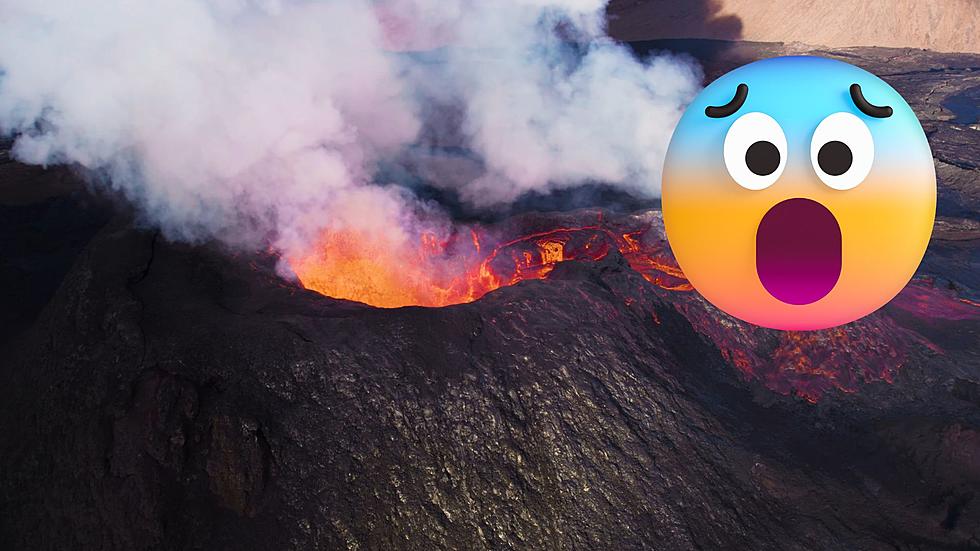
What Creepy Crawlies In North Dakota Are Venomous?
North Dakota is not often thought of as a hotspot for venomous species, but it is in fact home to several unfriendly critters.
Even though encounters with these species are relatively uncommon, it is crucial for locals and guests to be aware of them and use caution when outdoors.
Here are some of the venomous animals that can be found in North Dakota in more detail:
- Prairie Rattlesnake (Crotalus viridis): The Prairie Rattlesnake is one of the most well-known venomous reptiles in North Dakota. This snake is mostly found in grasslands, rocky outcrops, and prairies in the western half of the state. It warns of prospective hazards before striking and has a characteristic rattle. The Prairie Rattlesnake's venom can damage tissue and cause pain, but fatalities are incredibly rare because there is access to medical care.
- Western Hognose Snake (Heterodon nasicus): The Western Hognose Snake is not aggressive, but it has moderate venom and back fangs that help it subdue its victims, primarily toads and small rodents. North Dakota is home to this species, which is more prevalent in sand or grassy environments. Its venom is not thought to be dangerous to humans.
- Northern Water Snake (Nerodia sipedon): Lakes, ponds, and rivers are among the watery habitats that the northern water snake calls home. It possesses rear fangs and can bite when provoked or cornered, even though it is not venomous. Due to their behavior and look, these snakes are frequently mistaken for their venomous counterparts.
- Dakota False Coral Snake (Pliocercus euryzonus): One of the rare snake species with real venom is the Dakota False Coral Snake, which is only found in the southwest region of North Dakota. Even though its venom is usually not harmful to humans, it can still result in localized pain and swelling. It is uncommon to encounter this elusive snake.
- Western Harvestman (Mitopus morio): The Western Harvestman, sometimes known as "daddy Longlegs," is an arachnid that is not belong to the spider family. These animals have venom glands even though they are not venomous to humans. Their venom is mostly employed to immobilize small victims because it is not strong enough to hurt humans.
- Northern Black Widow Spider (Latrodectus variolus): Although less frequent in North Dakota, the Northern Black Widow Spider can be found in enclosed, dark spaces like woodpiles, barns, and sheds. Neurotoxins found in its venom have the potential to induce discomfort, spasms in the muscles, and other symptoms. However, fatalities are incredibly uncommon, and bites can be effectively treated with medical care.
t's vital to remember that these dangerous animals rarely come into touch with people and normally stay away from them. By using outdoor safety precautions including wearing suitable clothing and shoes, being cautious when reaching into hidden spaces, and avoiding disturbing wildlife, residents and visitors can lower the likelihood of interactions.

Get our free mobile app
10 Idaho Snakes That Won't Kill You and 2 That Totally Can
If you're ready to face your fear of snakes, we're ready to help!
We're starting small by helping you understand three key facts about each snake in the gallery below: what they look like; whether they're venomous or not; and where they're found in the Gem State.
More From KEYZ AM 660









